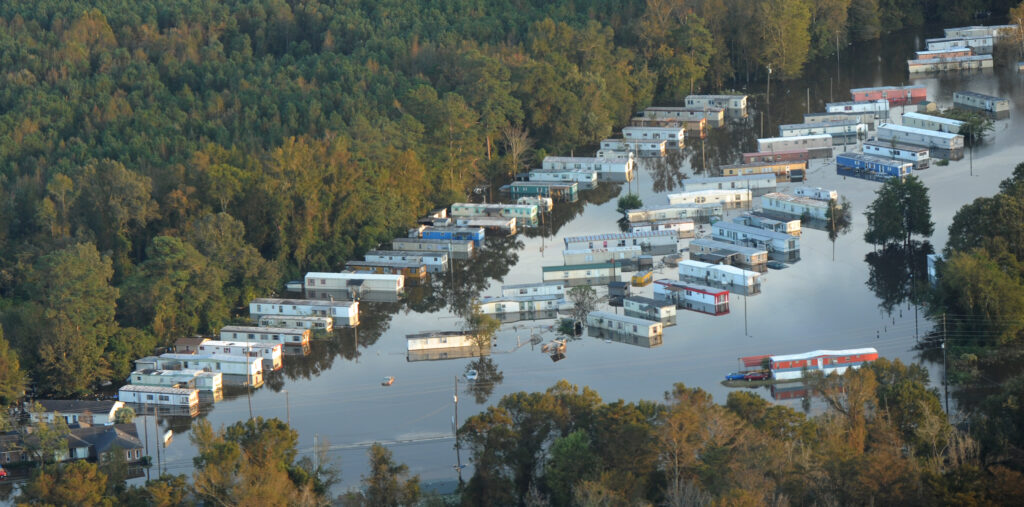Resilient Communities projects encompass a variety of decision-making processes, to include assessing and advising on societal effects of natural hazards; planning for mitigation, disaster recovery, and hazard adaptation; developing indicators and metrics measuring disaster recovery outcomes; and creating tools to convey findings.
Plan Integration for Resilience Scorecard™ for Multi-Hazards Approach
Investigators: Siyu Yu (Texas A&M University), Philip Berke, (University of North Carolina at Chapel Hill), and Joe DeAngelis (American Planning Association)
The Plan Integration for Resilience Scorecard™ (PIRS) assists local practitioners to assess the degree to which networks of local plans target geographic areas most prone to hazards and spatially evaluate the coordination of local plans.
Products
- Plan Integration for Resilience Scorecard™ Hub Website https://planintegration.com
- Plan Integration for Resilience Guidebook
- Professional training to practitioners provided through the American Planning Association
Publications / Presentations
- Yu, S., Lei K.*, Li, D., Kim, J.*, Nemoto, M.*, Gaston, S., Yokohari, M., & Brown, R. (2024). Planning Integration for Extreme Heat: Evaluating the Impacts of Plans at Multiple Scales in Tokyo, Japan. Urban Climate, 55, 101888. DOI: 10.1016/j.uclim.2024.101888.
- Yu, S., Newman, G., Berke, P., & Li, X. (2023). Plan Integration for Ecological Resilience: Examining Factors Associated with Wetland Alteration. Journal of Planning Education and Research, 0739456X231187117. DOI: 10.1177/0739456X231187117.
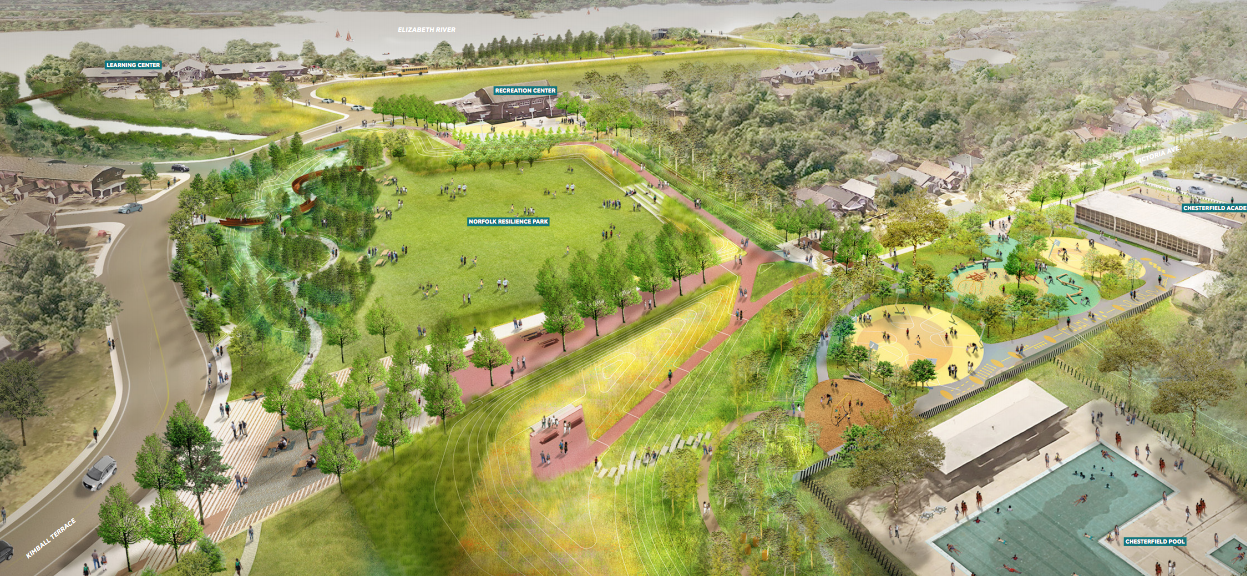
Listening to the Academic and Community Experts on Preparedness to Natural Hazards for Underrepresented Neighborhoods
Investigators: Cassandra R. Davis, Phil Berke, and Evan Johnson (University of North Carolina at Chapel Hill)
This research study has investigated equitable support for socially marginalized groups as they prepare for the next disaster. In particular, the study examines how NGOs and local government officials address preparedness, response, and recovery and to what extent they consider marginalized communities through an event. Results from the study will provide actionable steps for practitioners and communities to address inequity when supporting marginalized populations.
Products
- Database provides a list of 5000 representative NGO groups with detail on their orientation toward specific communities and historic records of publicized support
- Dashboard to access NGO database, (under development)
- Davis, C.R., Johnson, E., Berke, P., Fetaw R., Goldin, S., Hines, S., Dowden, S., Sule, C., Yang, Y., & Kramer, M. (2024). The role of non-profit organizations in assisting marginalized communities through climate-induced hazards. Coastal Resilience Center Report
Publications / Presentations
- Davis, C.R., Johnson, E., Griffard, M., Goldin, S., & Fetaw, R. (2024). Equality vs. equity: How can NGOs and governmental agencies better understand and support marginalized groups through hazards? Southern Political Science Association, New Orleans, LA.
- Davis, C.R., Johnson, E., Goldin, S., & Griffard, M.R. (forthcoming). Building trust between community members and government agencies through a disaster. Journal of Emergency Management.
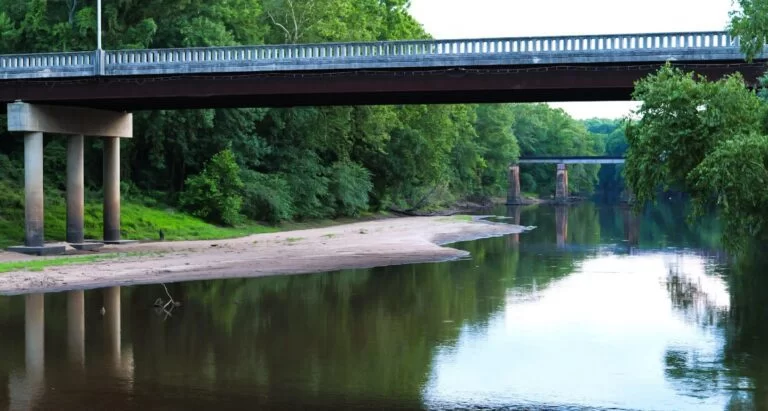
A Landscape Study of Social Equity Data Needs and its Access and Availability to Support the Disaster Resilience of Marginalized Communities
Investigators: Cassandra R. Davis, Miyuki Hino, and Phil Berke (University of North Carolina at Chapel Hill)
Socially marginalized communities are disproportionally more at risk from environmental hazards and, thus, less likely to recover fully and quickly. This project uses an equity framework within a theory of change to assess how marginalized groups are effectively identified and supported in mitigation and recovery. The intent is to provide evidence on how federal agencies can improve the measurement of outcomes for marginalized groups to help guide resilience and disaster recovery planning.
Product
- A landscape study of social equity data needs and its access and availability to support the disaster resilience of marginalized communities. Report to be provided for emergency management communities.
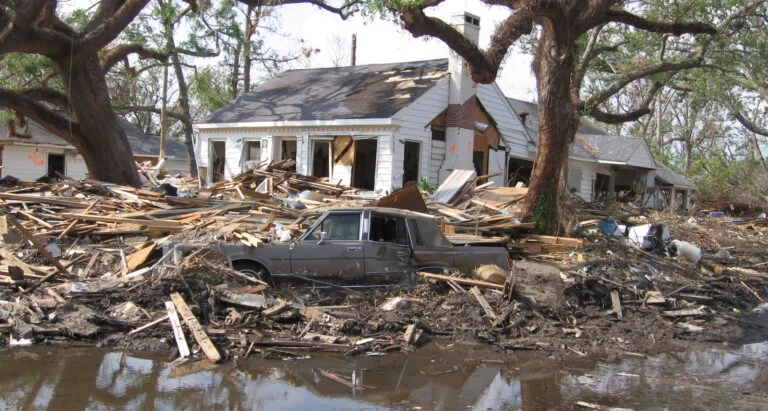
Weathering the Storm in Freedmen’s Towns: An Exploration of Residents’ Cultural Resilience Through Defiance
Investigators: Cassandra R. Davis, Iheoma Iruka, and Simona Goldin (University of North Carolina at Chapel Hill)
This project aims to assess how a historically Black community has weathered consecutive climate hazards and uncovered the strategies they used to maintain cultural resilience in order to help inform policy recommendations on how to best support historically and socially marginalized populations through repeated climate hazards.
Products
- Results and recommendations to be published in a report for government officials to understand and apply a just recovery for marginalized groups.
Publications / Presentations
- Davis, C.R. & Goldin, S. (May 2024). Weathering the storm in Freedmen’s Towns: An exploration of residents’ cultural resilience through defiance. Presentation to FEMA, Washington, D.C.
- Davis, C.R., Goldin, S., & George, G. (May 2024). Weathering the storm in Freedmen’s Towns: An exploration of residents’ cultural resilience through defiance. Presentation to DHS and other constituents.

Operationalizing the University Network to Deliver Direct Technical Assistance to Under-resourced Communities
Investigator: Gavin Smith (North Carolina State University)
This project is developing a training course for the University Direct Technical Assistance (DTA) Network in support of FEMA’s Hazard Mitigation Assistance (HMA) and hazard mitigation planning programs. Findings are incorporated into a larger University DTA Framework Report supported by a separate grant provided by FEMA to develop a strategy to identify a nation-wide cadre of faculty, extension experts, and students that can help under-resourced communities write and implement HMA grants and hazard mitigation plans.
Products
- FEMA Training Materials & Modules
- University DTA Network Training Modules
Publications / Presentations
- Barnes, J., Sempier, T., Atoba, K., Belkin, G., Butler, D., Colten, C., Curtis, K., Festing, H., Goldman, L., Ristroph, B., Ross, C., Smith, G., Snider, N., and Tobin, C. National Academies of Sciences, Engineering, and Medicine. 2024. Community-Driven Relocation: Recommendations for the U.S. Gulf Coast and Beyond. Washington, DC: The National Academies Press. https://doi.org/10.17226/27213.
- Hoffman, J.S., S.G. McNulty, C. Brown, K.D. Dello, P.N. Knox, A. Lascurain, C. Mickalonis, G.T. Mitchum, L. Rivers III, M. Schaefer, G.P. Smith, J.S. Camp, and K.M. Wood, 2023: Ch. 22. Southeast. In: Fifth National Climate Assessment. Crimmins, A.R., C.W. Avery, D.R. Easterling, K.E. Kunkel, B.C. Stewart, and T.K. Maycock, Eds. U.S. Global Change Research Program, Washington, DC, USA. https://doi.org/10.7930/NCA5.2023.CH22.
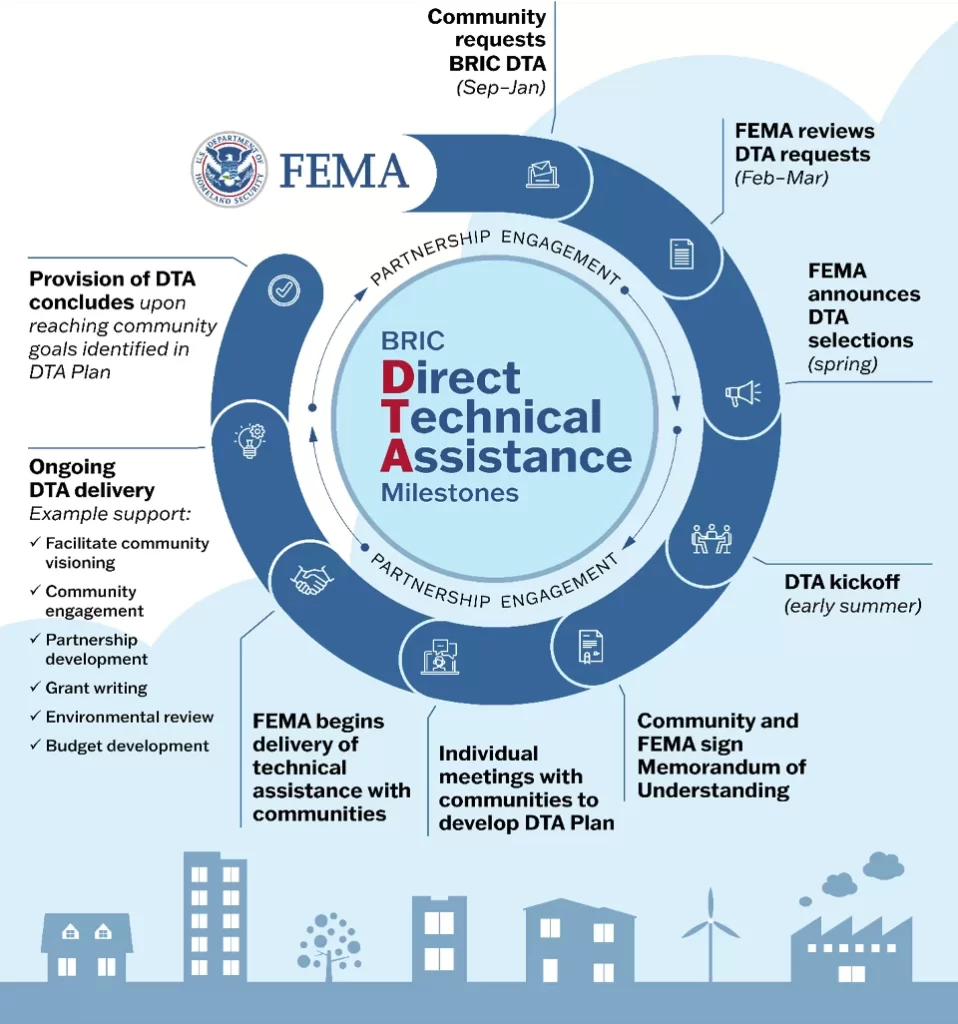
Hurricane Damage, Loss, and Recovery Modeling to Support Disaster Mitigation Decision-Making: Case Study of Hurricane Ian Impact on Lee County, Florida
Investigators: Dan Cox (Oregon State University) and John van de Lindt (Colorado State University)
This project developed a methodology for virtual damage assessment (VDA) of building structures using pre- and post-storm street-level and aerial imagery data and prior work on combined wind-wave-surge damage prediction with the goal to improve disaster mitigation decision-making, in particular elevating home and businesses, flood proofing, and moving essential or critical facilities.
Products
- Publication of data via DesignSafe
Publications / Presentations
- Figueira S, M Amini, DT Cox, A Barbosa, “Methodology for Virtual Damage Assessment and First-floor Elevation Estimation: Application to Fort Myers Beach, Florida and Hurricane Ian (2022).” Submitted to Natural Hazards Review. (July 1, 2024).
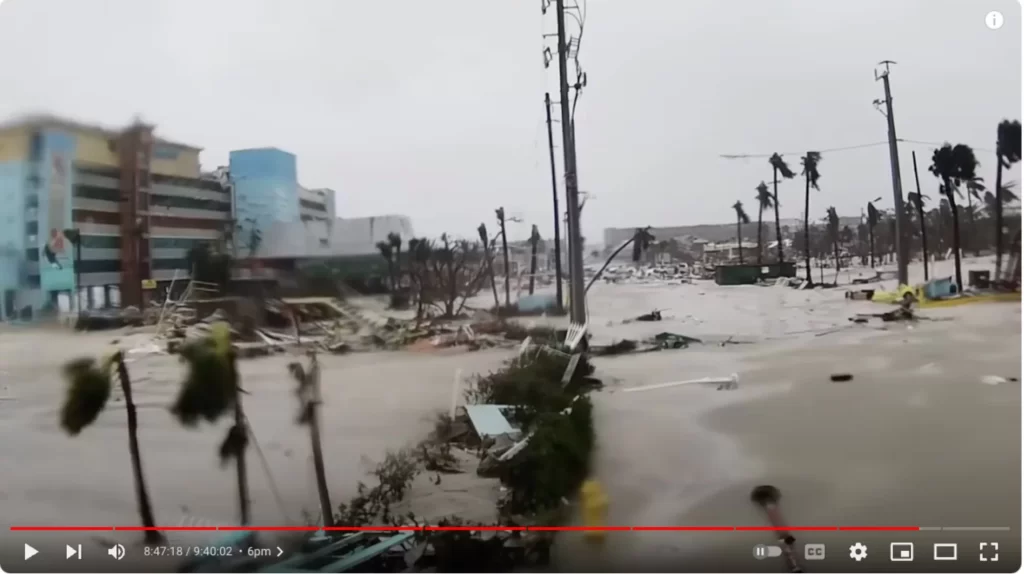
Identifying Obstacles to Equitable Flood Mitigation Funding
Investigator: Miyuki Hino (University of North Carolina at Chapel Hill)
This project evaluates the application and funding pipeline for FEMA’s hazard mitigation assistance programs.
Publications / Presentations
- Hino, M., Plough, J., Garcia, H., Sebastian, A. Identifying obstacles to equitable flood mitigation funding. 2024 ACSP 64th Annual Conference. Seattle, WA. November 7-9, 2024. Conference Presentation
- Garcia, H.*, Fitzmaurice, K., Sebastian, A., Characklis, G.W. Validation of machine learning methods for reconstructing repetitive flood damage exposure in North Carolina, 1996-2020. 2024 NC WRRI Annual Conference. Raleigh, NC. March 20-21, 2024
- Garcia, H.*, Fitzmaurice, K., Characklis, G.W., Zeff, H.B., Thomson, H., Sebastian, A. Validation of Machine Learning Methods for Reconstructing Repetitive Flood Damage Exposure in North Carolina, 1996-2020. 2023 AGU Fall Meeting. San Francisco, CA. December 11-15, 2023.
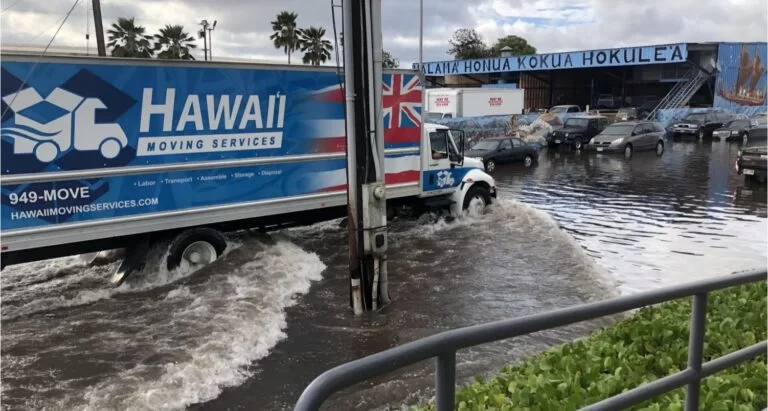
Evaluating Coastal Adaptation Strategies in the Face of Chronic Flooding
Investigators: Miyuki Hino (University of North Carolina at Chapel Hill), Casey Dietrich, and Katherine Anarde (North Carolina State University)
This project is analyzing how government stakeholders and the broader public access and understand data and research on chronic coastal flooding. Since 2021, the research team has been collaborating with the town of Carolina Beach, North Carolina, a small town struggling with the impacts of sea level rise. The PIs deployed custom sensors in key flood-prone areas of the town in early 2022. In the first year of data collection, 45 floods (where a flood is defined as standing water on the roadway) were identified. The town government triggers flood monitoring based on the forecasted tide height. Fully 30% of the detected floods were completely unexpected: the forecasted tide was below the monitoring threshold, but due to non-tidal forces and land-based drivers, the streets flooded nonetheless. Ongoing work in other communities suggests that this problem is widespread: it is flooding much more often than indicated by existing data sources, and communities are grappling with the immediate impacts (flooded roads, impaired wastewater systems) and long-term consequences with little data to inform their choices.
Product
- Sunny Day Flooding Project sensor data shared in real time through a website, for use by community partners to monitor road conditions and when the road needs to be closed due to flooding.
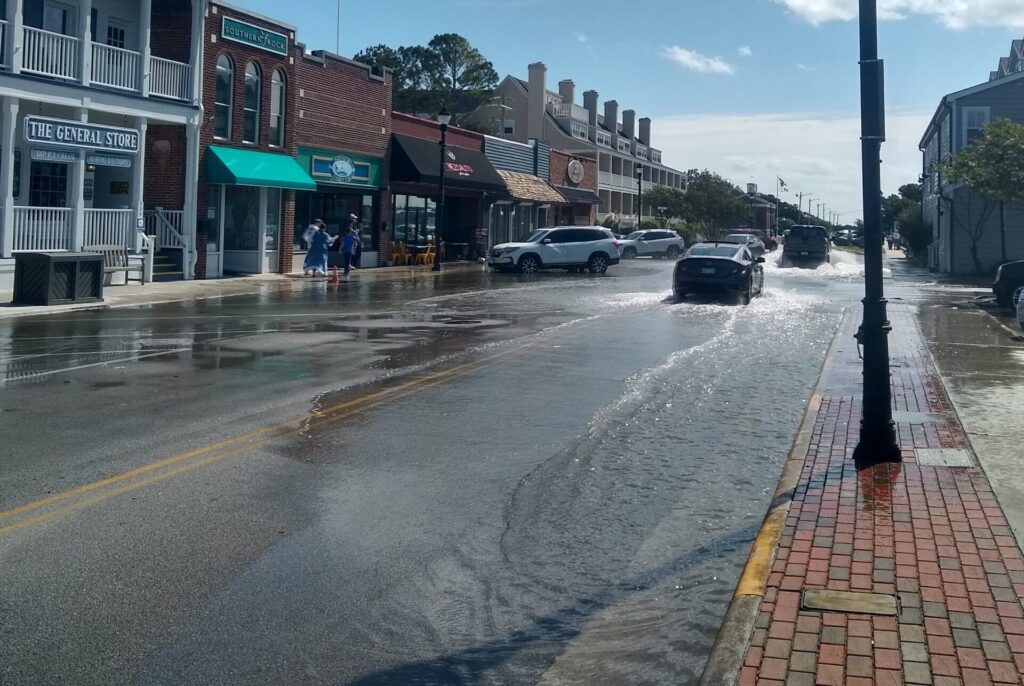
Coastal Hazards Analysis, Modeling, and Prediction System for Emergency Planning, Management, and Response
Investigator: Austin Becker (University of Rhode Island)
This project leverages the advancements in ADCIRC storm modeling to provide emergency managers access to relevant, local-scale information about potential consequences of extreme events in advance of a storm’s landfall.
Products
- RI-CHAMP: production real-time system- Interactive Coastal Hazards, Analysis, Modeling and Prediction System accessed online for near-real time emergency management
- RIDEM-CHAMP: planning system -Interactive Coastal Hazards, Analysis, Modeling and Prediction System accessed online for planning exercises, customized for wastewater treatment facilities
- Consequence Thresholds Data for USCG facilities in Rhode Island, wastewater treatment facilities, health facilities
Publications / Presentations
- Adams, S., Becker, A., Stempel, P., Hallisey, N., McElroy, K., Ginis, I., Crowley, D. (2024), “Ocean State Rising: Storm Simulation and Vulnerability Mapping To Predict Hurricane Impacts For Rhode Island’s Critical Infrastructure.” Journal of Emergency Management. 22(7):47-61 https://doi.org/10.5055/jem.0801
- Stempel, P., Nasr-Azadani, E., Russ, C., Becker, A., Ginis, I., Crowley, D., Grilli, A., Grilli, S., Walsh, J. P., Whaling, I., Rubinoff, P., Duhaime, R., And Damon, C. (2023), ‘Dilemmas In 3d Landscape Visualization Of Coastal Hazards For Public Engagement’, Coastal Sediments 2023, 2615-29.
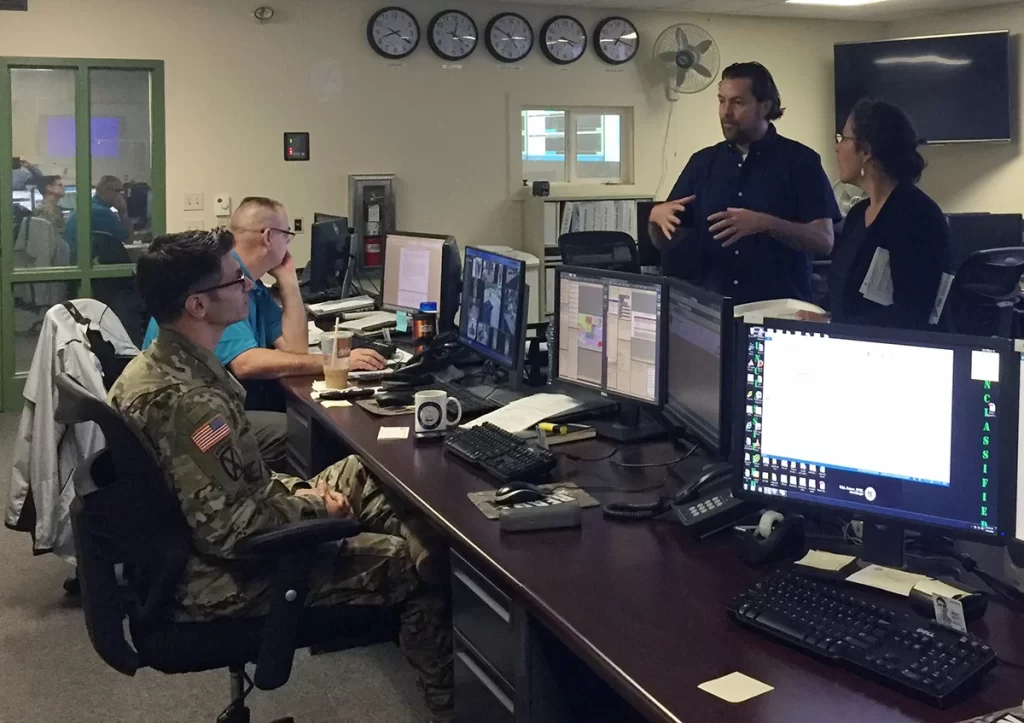
Collaboratory for Coastal Adaptation over Space and Time (C-CoAST)
Investigator: Laura Moore (University of North Carolina at Chapel Hill)
This project, funded by the National Science Foundation’s Coasts and People program, is a Research Coordination Network (RCN) to address grand challenges in coastal resilience. Developed coastal environments are shaped by interactions between human activities and natural processes. Mitigation and recovery strategies that promote adaptation at the time scale of storm events can be counterproductive over longer timescales. A series of collaborative activities were held to integrate coastal researcher, stakeholder, and practitioner expertise, building capacity for a comprehensive understanding of the human-natural coastal system. The goal is that this and future research efforts will provide insights and identify opportunities to help communities steer away from less desirable future outcomes and toward outcomes they deem more desirable.
Products
- Website (www.c-coast.org) describing the C-CoAST mission and serving our products.
- The C-Coast Network and Directory, including ~250 coastal resilience researchers, stakeholders and practitioners, from 17 states and 18 countries. interested in connections between short term decisions and long-term coastal resilience outcomes.
- Disciplines 101: Atwo-year series of widely attended seminars, held on Zoom, covering a wide range of disciplinary expertise intended to help bring a broad community to a common base of understanding on coastal resilience. Sixteen sessions, including a total of 32 20-minute talks and discussion are served on the C-CoAST website.
- Online Gallery walk experiences that synthesize insights and understandings gleaned from listening sessions that captured connections between short term decisions and long term outcomes as experienced by community members.
- A Coastal resilience research agenda co-produced by coastal researchers, stakeholders and practitioners.
Publications / Presentations
- Moore, L.J., Anarde, K., Reide, D.C., Demattia, E., Gopalakrishnan, S., Luettich Jr, R.A., McNamara, D., Mullin, M., Murray, A.B., and Smith, M. (forthcoming). Enabling Co-produced, Coupled Human-Natural Dynamics Research in support of Coastal Resilience: The activities and outcomes of the Collaboratory for Coastal Adaptation over Space and Time (C-CoAST). To be submitted to Coastal Futures.
- Moore, L.J., Anarde, K., Reide, D.C., Demattia, E., Gopalakrishnan, S., Luettich Jr, R.A., McNamara, D., Mullin, M., Murray, A.B., and Smith, M., The Collaboratory for Coastal Adaptation over Space and Time (C-CoAST): Enabling Co-produced, Coupled Human-Natural Dynamics Research in Support of Coastal Community Resilience. OS52B-03, AGU Fall Meeting 2024, December, Washington DC.
- Moore, L.J., Anarde, K., Corbett, D.R., Gopalakrishnan, S., Luettich, R., McNamara, D., Mullin, M., Murray, A.B., Smith, M., Wand Watzin, M., 2023, The Collaboratory for Coastal Adaptation over Space and Time (C-CoAST): Enabling Co-produced, Coupled Human-Natural Dynamics Research in Support of Coastal Community Resilience Planning. Fall Meeting, November 17, 2023, Wilmington, NC.
- Moore, L.J., Anarde, K., Corbett, D.R., Gopalakrishnan, S., Luettich, R., McNamara, D., Mullin, M., Murray, A.B., Smith, M., Wand Watzin, M., 2022. Enabling Convergent, Co-produced, Coupled Human-Natural Dynamics Research to Support Coastal Resilience: Building the Collaboratory for Coastal Adaptation over Space and Time (C-CoAST), AGU Ocean Sciences Meeting, February 2022.
- Moore, L.J., 2022. The power of interdisciplinary, inter-institutional collaboration: the C-CoAST experience and a broader discussion of what else might be possible. Invited presentation and panel, North Carolina State University.
- North Carolina Coastal Resilience Community of Practice, Quarterly Meeting, 2021. Building the Collaboratory for Coastal Adaptation over Space and Time, September 2021.
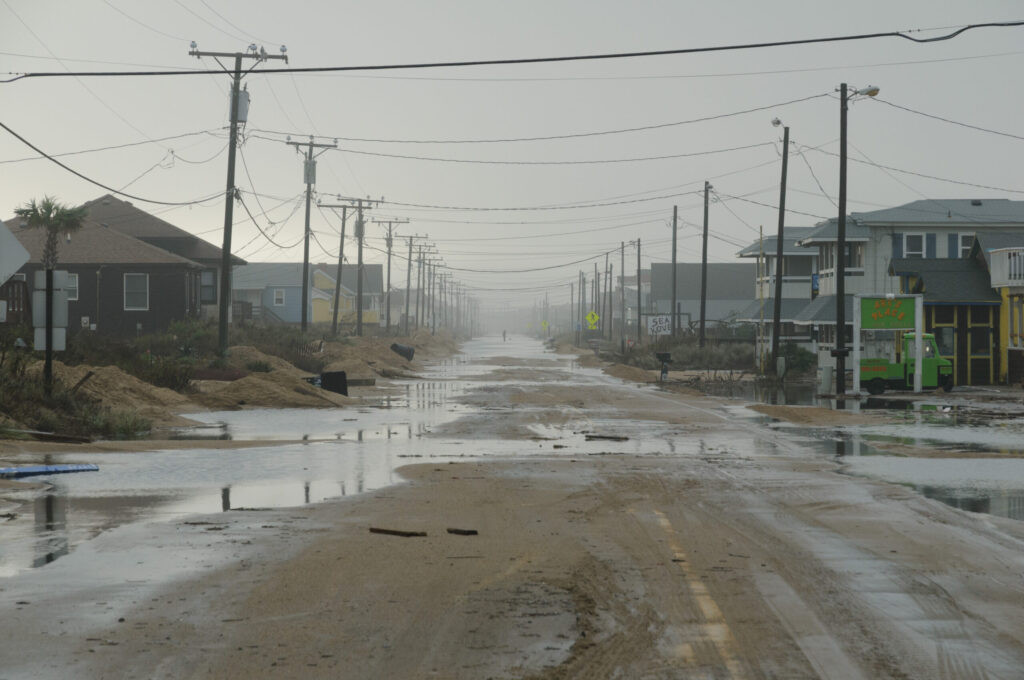
Overcoming Constraints Applying CISA’s Infrastructure Resilience Planning Framework to Local and Regional Risk Reduction
This project, funded by the US Cybersecurity and Infrastructure Security Agency, seeks to address the question, “What are the constraints and impediments faced by local/regional/tribal/territorial governments in applying the Infrastructure Resilience Planning Framework (IRPF) and related resources with infrastructure providers and how can these impediments be addressed given the cross-sector and multi-jurisdictional nature of critical infrastructure systems and services?” The IRPF is a flexible framework that enables users to identify critical infrastructure, assess related risks, and develop and implement resilience solutions. The framework helps users understand interconnected infrastructure systems and can be incorporated into many types of plans such as economic development, capital improvement, hazard mitigation, and emergency response/recovery.
Product
- Report to CISA on the results of case studies conducted in Rhode Island, Virginia, and Texas
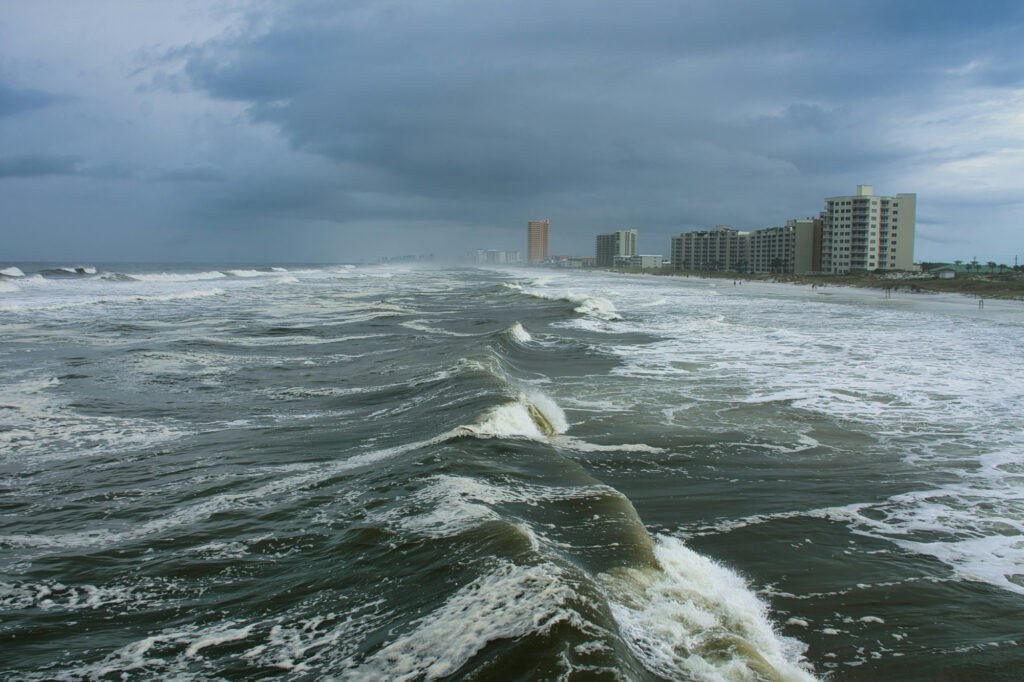
Building Resilience in Underserved Communities
Investigator: Gavin Smith (North Carolina State University)
This project, funded by the Federal Emergency Management Agency, had three technical tasks: 1. Assess Nationwide Capacity and Commitment to the University Network Concept and Initiate the Establishment of the University Network and National Framework. 2. Develop a Hazards Overlay District and Associated Design Standards while Informing a National Managed Retreat Policy, and 3. Advance Resilient Infrastructure Strategies with Nature-based Solutions.
Products
- University DTA Framework Report
- Coastal Hazards Overlay District Guide
- Comparative Study of Managed Retreat in the US and New Zealand
- Nature-based Solutions Guidance Document
